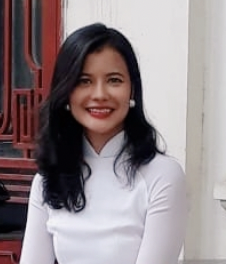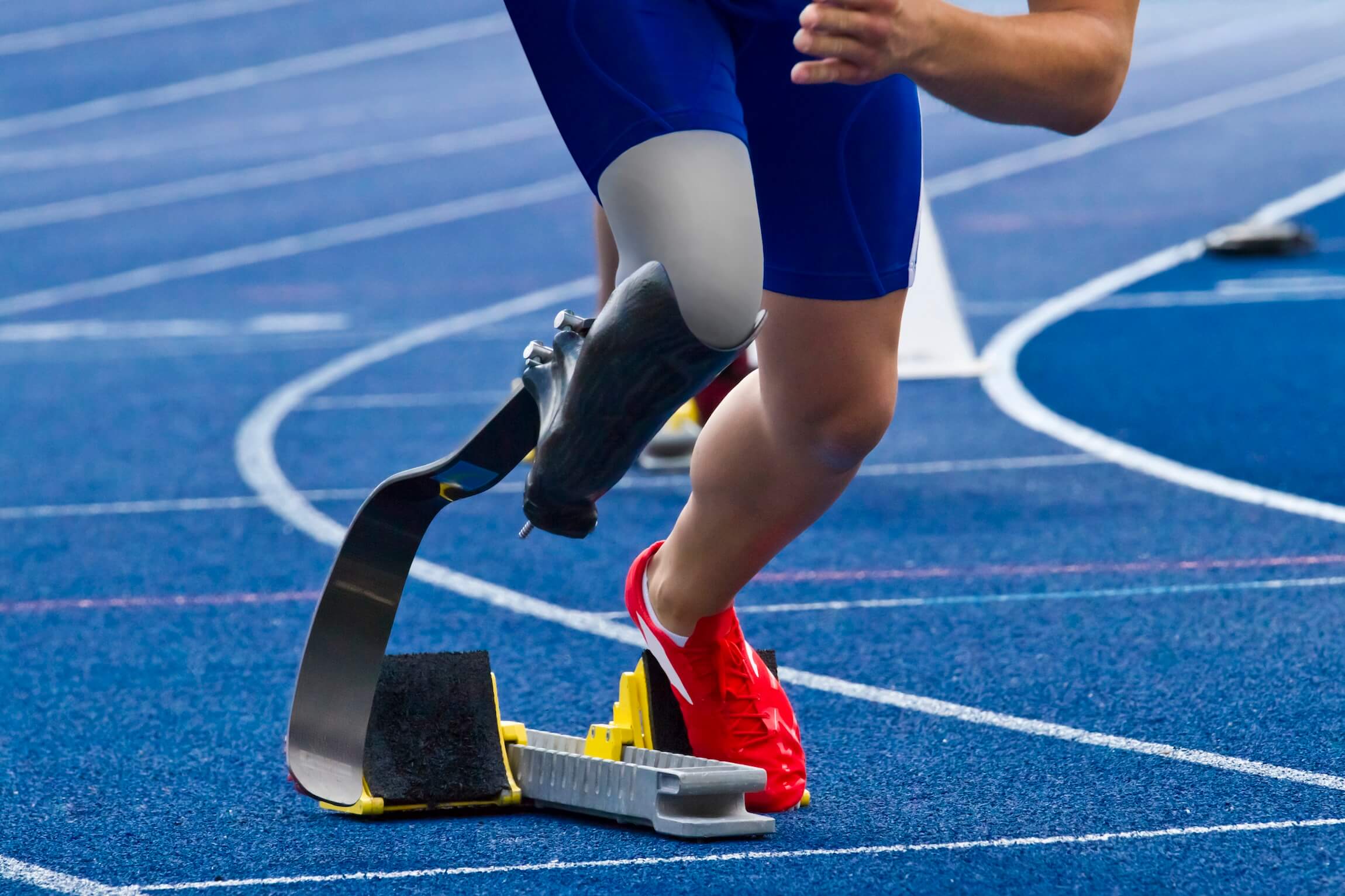




Autism is widely known, often seen, but not sufficiently understood.
Through media and varying communication channels, we have seen children with autism performing arts and being engaged in learning activities. This inspiring imagery invites us to delve deeper into the intricate layers of the world of autism.
Shifting from Ambiguity to Understanding
Despite diverse definitions, autism or autism spectrum disorder (ASD), in general, refers to a broad range of conditions characterised by challenges with social skills, repetitive behaviour, speech, and nonverbal communication. With autism being on a spectrum, its manifestation varies widely. Some individuals with autism have intellectual disabilities while others may have an average, above average, or genius level of intelligence.
Promisingly, understanding of autism and its prevalence has significantly improved in recent years with modern clinical diagnosis and research. The World Health Organization (WHO) estimates that one per cent of the world’s population is affected by autism and one in 160 children has an autism spectrum disorder. In the ASEAN region, latest estimates reveal that 6 million persons are living with autism.
However, a number is a mere indication of how autism is comprehended and experienced. Oftentimes, autism is perceived to be a form of disability in children, as in the majority of cases, apparent conditions are observed during the first 5 years of one’s life. In fact, autism starts in childhood and persists into adolescence and adulthood. Unfortunately, little is known about autism in old age, as recognition of the disability and development of accurate diagnostic criteria have only emerged in recent times.
Aside from the lifespan perspective, one of the most salient features of autism is that more men are diagnosed with autism than women, with the approximate ratio of 5:1. Even though it remains debatable whether this gender disparity is attributed to biology or discrepancies and biases in assessment, it serves as a reminder to all of us that autism is gendered and that a life cycle lens is fundamental to demystify what we thought we knew about autism.
Moving from Protection to Solutions
While being explicitly acknowledged as a form of disability in both international and national instruments, symptoms of autism, due to its broad spectrum, are implicit. Detection is not always easy or straightforward and it is believed that a substantial number of individuals are undiagnosed or inaccurately diagnosed. As such, the design and implementation of comprehensive policies and programmes to protect and provide assistance to persons living with autism is an intractable challenge because their condition is left unknown and/or unattended to.
Individuals with autism are also faced with discrimination and biases in daily lives. This is caused by the flawed and often unconscious expectation of “normalcy” and “acceptability” vis-à-vis social interaction and interpersonal communication. The cost of this longstanding prejudice is not minimal. Less than 10 per cent of people with ASD are employed in most regions, resulting in further social exclusion.
The silver lining though is that perceptions are changing. An increasing number of studies have affirmed that as individuals with autism are not constrained by conformity and rigid social norms, they often excel at developing innovative and original ideas. Moreover, their approaches to problem solving and coping with setbacks are different, which can contribute to new solutions in different settings. Companies are thus more open to offer employment for adults with autism, not only to be inclusive but also to tap into their strengths as individuals with unique thinking skills and diverse abilities.
Without a doubt, gaining access to employment opportunities and being acknowledged for their employability helps enhance the autonomy, dignity, and self-determination of persons with autism. Expanding their choices, nourishing their sense of capability, and promoting impendence will lead to a more durable outcomes of human development.
Fostering ASEAN’s Efforts and Initiatives
In ASEAN, autism has been given marked importance as part of regional integration and community building process. The region is committed to creating a more inclusive ecosystem for people with autism through advancing their rights and eliminating barriers so that they can live their fullest lives.
In most ASEAN countries, persons with autism are recognised as disabled persons by law. Some ASEAN Member States have established specific mechanisms to uphold the rights and provision of services to persons with autism through national autism plans and strategies, while ad-hoc measures are strategies adopted by other Member States.
Under the principles of diversity and inclusion, the integratedsystem-based approach is being embraced by the region to effectively address autism and other neurodevelopmental disorders. Continued undertakings have been witnessed in the area of social welfare and development, education and health as well as economic empowerment.
One of the key milestones that has propelled the region towards a more robust foundation for the promotion and protection of the rights of people with autism is the ASEAN Enabling Master Plan 2025: Mainstreaming the Rights of Persons with Disabilities (2017). Adhering to the ultimate goal of inclusive community in which independence, freedom of choice, and full and effective participation of persons with disabilities are realised and sustained, the enabling masterplan has clearly articulated the importance of empowering not only persons with disabilities, but also their family members, assistants, caregivers, and communities.
This regional milestone and the values it upholds resonate with other laudable endeavours. In the same year, the Autism Mapping Project in the ASEAN Region was initiated by the Asia-Pacific Development Center on Disability (APCD) and the ASEAN Secretariat in consultation with the ASEAN Senior Officials on Social Welfare and Development (SOMSWD) to contribute towards data collection, policy recommendation, and awareness raising, which are pivotal to building evidence-based interventions to prevent and remove barriers faced by persons with autism. In 2018, through the awarding of the ASEAN Prize to Ms Erlinda Uy Koe, the region is made aware of family-centric autism advocacy and family-centred care (FCC) for children, youth and adults living with autism.
Taking its commitment and actions to make the region inclusive for persons with autism to new heights, ASEAN Member States, in July 2020, have accredited the ASEAN Autism Network (AAN) as an entity associated with ASEAN and listed under Annex II of the ASEAN Charter. The accreditation of AAN is emblematic of our unyielding belief that potential for persons with autism is limitless, that the region is looking forward to working with all stakeholders, and that we are, in spite of our different abilities, a community.
Understanding Autism: Awareness, Acceptance and Empowerment
As we annually commemorate the World Autism Awareness Day on 2 April and as the ASEAN will soon celebrate the launch of Autism Mapping which will serve as the first evidenceinformed benchmark to boost our understanding and charter policy direction on autism in the region, we can ponder further on what more can we do.
Awareness is a necessity but may not be a definite end of our autism journey. Promoting a message of acceptance and acts of empowerment will take us a step further to realise liberty, independence, and self-determination for and of persons with autism as well as of those who love, care for, and support them.
In the autism community, there is a saying that goes, “If you know one person with autism, you know one person with autism.” This sentence accentuates the fact that each person with autism is unique and their experiences of living with ASD are not homogenous. This also applies to their families, friends, colleagues, teachers, caregivers, and people who believe in them.
By acknowledging and accepting the individuality and uniqueness of persons with autism, we come to realise that autism is only one aspect of an individual’s character. We all live with our own strengths, limitations, and differences in abilities. As such, while autism is recognised as a disability, reinforcing it as disabling quality may not be the best narrative going forward.
Of all ages and genders and in all its spectrum, persons with autism need inclusive environments whereby they, along with their families, are not just accepted but empowered to learn, grow, succeed, live a meaningful lives, and reach their highest potentials through the optimisation of their different abilities.








